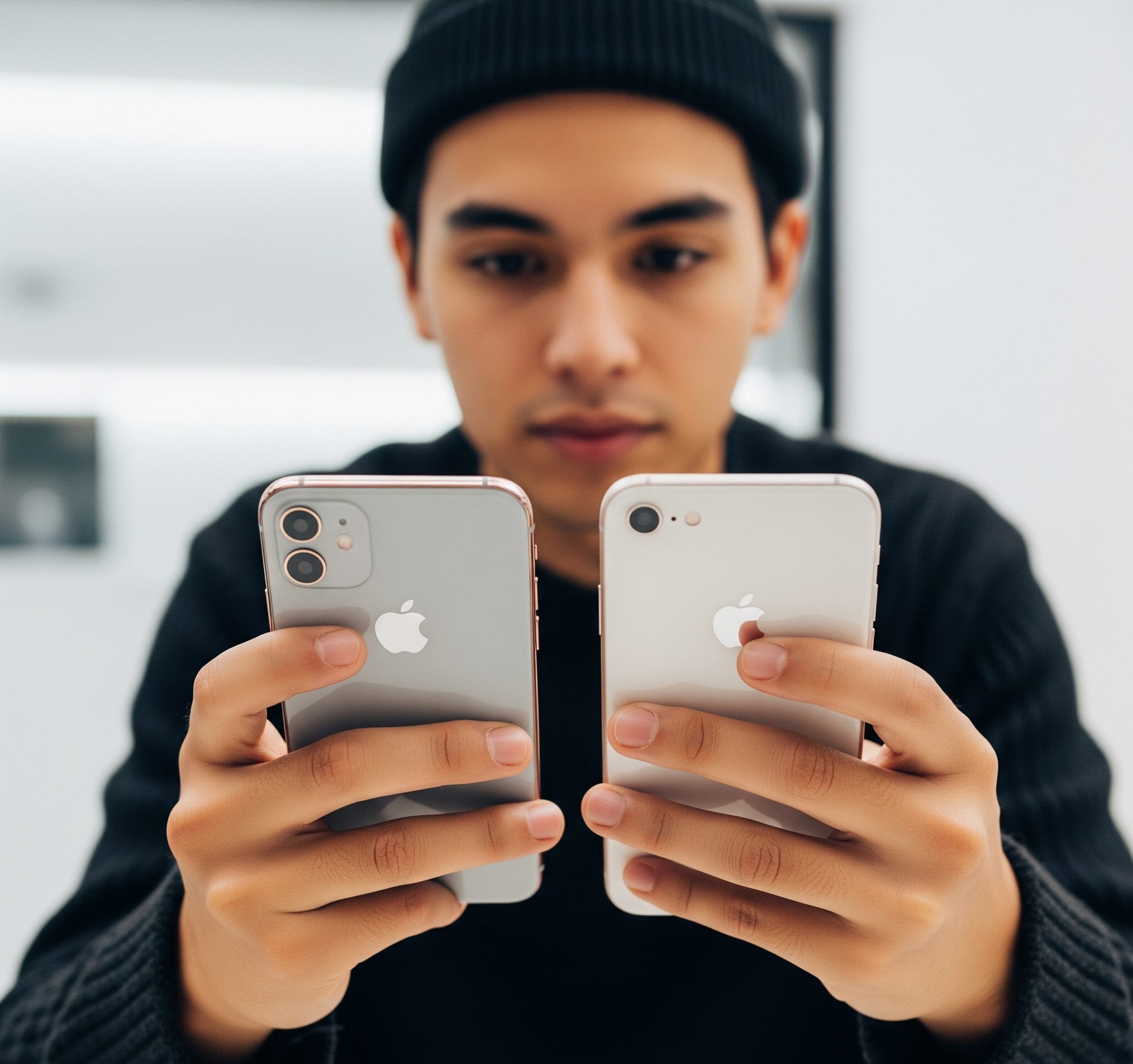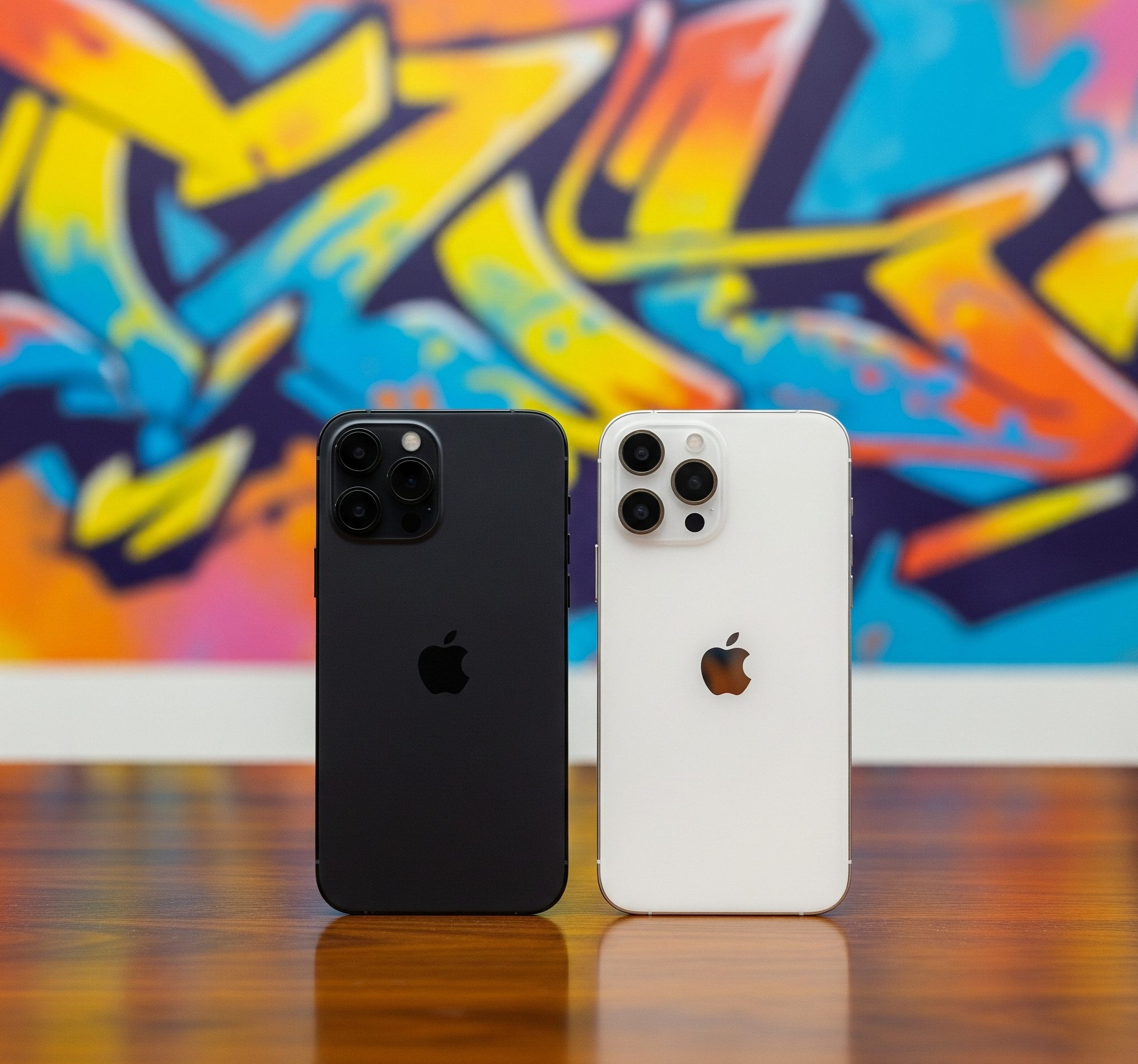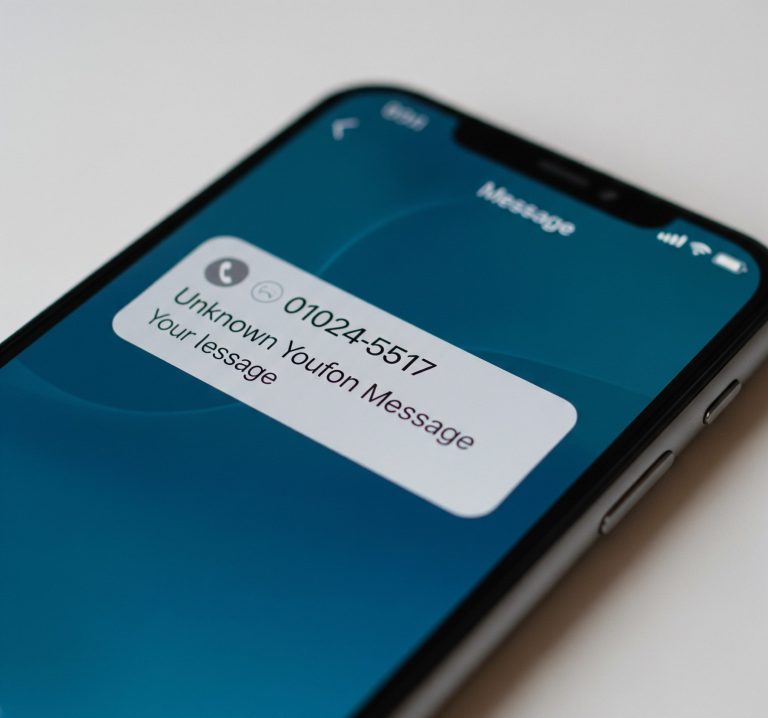In the ever-evolving world of smartphones, choosing the right iPhone can feel like a daunting task. Apple consistently releases new models, each boasting impressive advancements and catering to different needs and budgets. To help you make an informed decision, this article will compare iPhones across their various tiers, examining key features, performance, camera capabilities, battery life, and overall value for the American consumer.
Contents
Understanding the iPhone Lineup: A Tiered Approach
Apple’s current iPhone lineup can generally be categorized into a few distinct tiers, offering a range of options from budget-friendly entry points to high-end powerhouses. As of mid-2025, the primary focus is on the iPhone 16 series, with the iPhone 15 series still widely available and the iPhone SE offering a more economical choice.
The Flagship Tier: iPhone 16 Pro and iPhone 16 Pro Max
For those seeking the absolute best that Apple has to offer, the iPhone 16 Pro and iPhone 16 Pro Max are the undisputed champions. These models are engineered with cutting-edge technology and premium materials, designed for users who demand top-tier performance, advanced camera systems, and the latest innovations.
Key Features:
- Design and Display: Expect a premium build, likely featuring a titanium frame for enhanced durability and reduced weight. Both Pro models boast Super Retina XDR displays with ProMotion technology, offering adaptive refresh rates up to 120Hz for incredibly smooth scrolling and responsiveness. The iPhone 16 Pro Max provides a larger screen real estate, ideal for media consumption and productivity.
- Performance: Powered by Apple’s latest A18 Pro chip, these iPhones deliver unparalleled speed and efficiency. This makes them perfect for demanding tasks like graphic-intensive gaming, professional video editing, and utilizing the advanced “Apple Intelligence” AI features that are becoming increasingly integrated into the iOS experience.
- Camera System: Photography enthusiasts will find the Pro models truly excel. Both typically feature a sophisticated triple-lens system, including a powerful 48MP main camera, an ultrawide lens, and a telephoto lens. The iPhone 16 Pro Max often distinguishes itself with an even more advanced telephoto lens, offering greater optical zoom capabilities (e.g., 5x zoom) compared to the standard Pro model’s 3x zoom. Expect ProRAW support for greater editing flexibility, enhanced low-light performance, and advanced video recording features like ProRes.
- Battery Life: The iPhone 16 Pro Max consistently leads in battery endurance due to its larger physical size allowing for a bigger battery. While the iPhone 16 Pro offers excellent battery life for its size, the Max variant is the clear winner for users who need all-day power without compromise.
- Additional Features: The Action Button, introduced in recent Pro models, offers customizable shortcuts, and the USB-C port provides faster data transfer speeds, especially on the Pro models with USB 3 support.
The Standard Bearers: iPhone 16 and iPhone 16 Plus
Stepping down from the “Pro” designation, the standard iPhone 16 and iPhone 16 Plus offer a fantastic balance of features, performance, and price. These models inherit many of the advancements from the previous generation’s Pro models, making them excellent choices for the average user.
Key Features:
- Design and Display: The iPhone 16 series introduces a modern design with an edge-to-edge display, often featuring the Dynamic Island for interactive notifications and alerts. While they typically sport a 60Hz refresh rate display (unlike the Pro’s 120Hz), the Super Retina XDR quality ensures vibrant colors and sharp visuals. The iPhone 16 Plus offers a larger screen for those who prefer more viewing space.
- Performance: Powered by a slightly less powerful, but still incredibly capable, A18 chip (or the A17 Pro from the previous Pro generation, depending on the release cycle), these iPhones handle everyday tasks with ease. Gaming, Browse, and app usage will be smooth and responsive.
- Camera System: The standard iPhone 16 models typically feature a dual-camera system, often with a 48MP main camera and a 12MP ultrawide lens. While they lack the dedicated telephoto lens and some of the Pro-exclusive camera features like ProRes video, they still produce stunning photos and videos, particularly in good lighting conditions. Computational photography features like Photographic Styles and improved Night Mode are standard.
- Battery Life: Both the iPhone 16 and iPhone 16 Plus offer solid all-day battery life for most users. The Plus model, with its larger physical size, generally provides extended endurance.
- Connectivity: Both models support 5G connectivity and include the versatile USB-C port for charging and data transfer.

The Budget-Friendly Option: iPhone SE (3rd Gen or upcoming 4th Gen)
For users who prioritize affordability or prefer a more compact form factor, the iPhone SE series is an attractive option. While it typically features an older design and a more modest camera system, it benefits from a powerful chip, ensuring snappy performance and long-term software support.
Key Features:
- Design and Display: The iPhone SE retains the classic iPhone design with a physical home button and Touch ID. Its smaller LCD display is ideal for one-handed use and fits comfortably in smaller pockets.
- Performance: Despite its older aesthetic, the iPhone SE is powered by a surprisingly capable chip (e.g., the A15 Bionic or even the A16 Bionic in a rumored upcoming 4th Gen). This ensures smooth performance for most daily tasks and modern apps.
- Camera System: The iPhone SE features a single rear camera, usually a 12MP wide lens. While it lacks the versatility of the multi-lens setups on the newer iPhones, it still delivers impressive photos with features like Portrait Mode and Smart HDR.
- Battery Life: Due to its smaller battery and less power-hungry display, the iPhone SE offers decent battery life for its size, but it won’t compete with the endurance of the larger iPhone models.
- Value: The iPhone SE offers an excellent entry point into the Apple ecosystem for a significantly lower price. It’s ideal for users who don’t need the latest and greatest features but still want a reliable and secure smartphone experience with access to iOS updates.
Key Considerations When You Compare iPhones
When you compare iPhones to decide which is right for you, consider these crucial aspects:
- Budget: This is often the primary determining factor. The iPhone SE is the most affordable, followed by the standard iPhone series, and then the premium Pro models.
- Usage Habits: Are you a casual user who primarily browses social media and makes calls? Or are you a power user who edits videos, plays graphic-intensive games, and demands the best camera performance?
- Camera Needs: If photography and videography are paramount, the Pro models with their advanced multi-lens systems and Pro features are the way to go. For casual point-and-shoot, the standard iPhones or even the SE will suffice.
- Screen Size Preference: Do you prefer a compact phone for one-handed use, or a large display for media consumption and productivity?
- Battery Life Demands: If you’re constantly on your phone and away from chargers, the Pro Max models offer the best endurance.
- Future-Proofing: Newer models with the latest chips will generally receive software updates for a longer period, offering a more future-proof investment.
Conclusion
Whether you’re a seasoned iPhone user looking to upgrade or considering making the switch to Apple, there’s an iPhone designed to meet your needs. By carefully considering your priorities and how you intend to use your device, you can confidently compare iPhones and select the perfect model to enhance your digital life. From the budget-friendly iPhone SE to the feature-packed iPhone 16 Pro Max, Apple continues to offer a compelling range of smartphones for every American consumer.







